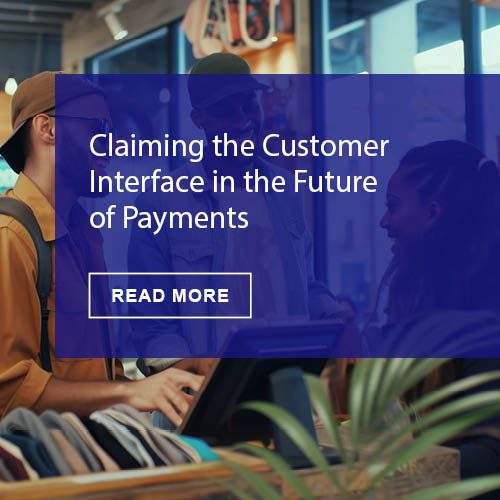Most readers who reside in the U.S. will understand the peculiarities of healthcare payments. Since we do not have a single payer system, it is the only industry where (in most non-primary care cases) the payer does not know the cost of the service at the point-of-sale.
Once the service is delivered, the cost is determined through a maze of primary and secondary insurance submissions, the final tally of which is then summarized in an often incomprehensible statement from an insurance provider and another bill from the healthcare service (doctor, hospital or otherwise). This piece appears in Modern Healthcare and is penned by a CEO in the healthcare payments space. We have a Merchant Services research operation, so those providing solutions in that space should read the posting to get a sense of what’s what.
‘As patients take on an increasing amount of the financial responsibility for healthcare, they are becoming more discerning shoppers and expect more convenience from their healthcare experience. This includes a demand for greater predictability and transparency around prices and billing. America’s system of paying for healthcare has long remained complex and opaque. Amidst this complexity, providers and patients bear the burden and risk. Providers want and deserve clarity around payment for health services they have performed. Patients, on the other hand, often receive care without knowing the price for those services in advance and experience confusion with unexpected or surprisingly high medical bills. A recent Waystar survey found that consumers are often more concerned about medical billing than the quality of care they receive.’
The speed and accuracy of bills and payments are pain points, and this can be consumers and/or businesses. The author thinks that the faster payments capabilities now available will impact the healthcare field in 2021. It surely makes sense that in this technology age, the same capabilities that are transforming B2B and B2C across the landscape should apply to healthcare. Worth a quick browse.
‘Technologies that streamline and modernize payment infrastructures have made a major impact within banking and financial services to shore up back-end operations, digitize analog processes and provide better customer experiences. The healthcare industry is primed for this exact transformation, and I expect we’ll see an immense shift in how providers get paid. …Today, it takes more than 30 days on average for a provider to receive payment for their services due to complexities inherent in today’s reimbursement models. This makes it difficult for providers to predict cash flow.’
Overview by Steve Murphy, Director, Commercial and Enterprise Payments Advisory Service at Mercator Advisory Group











